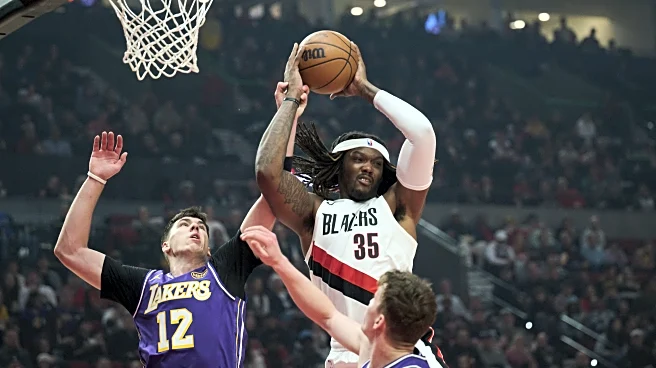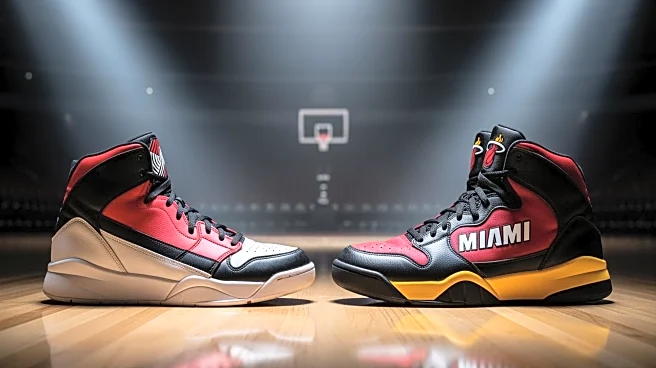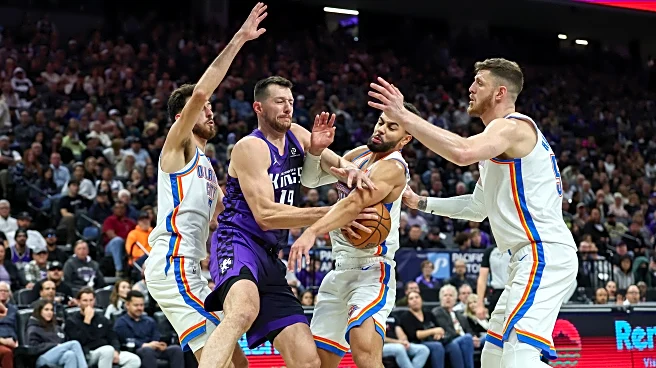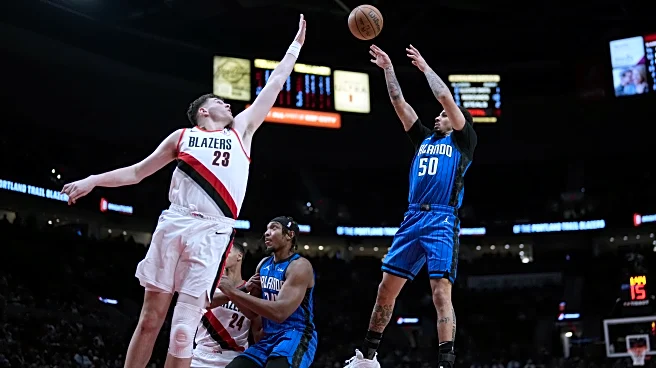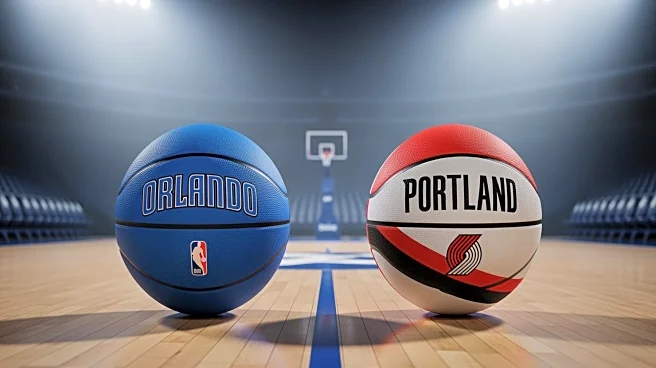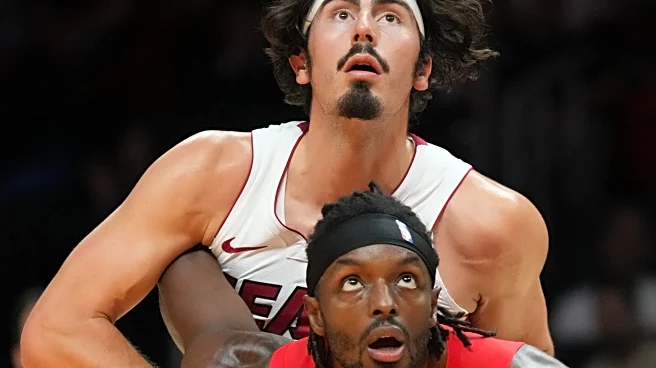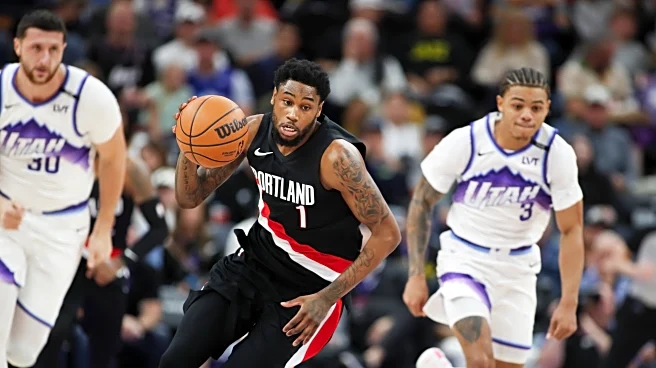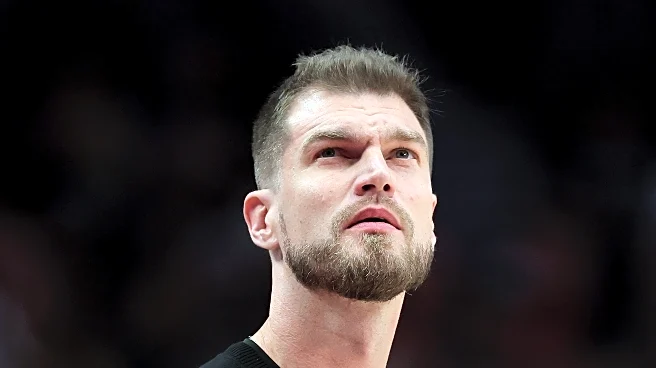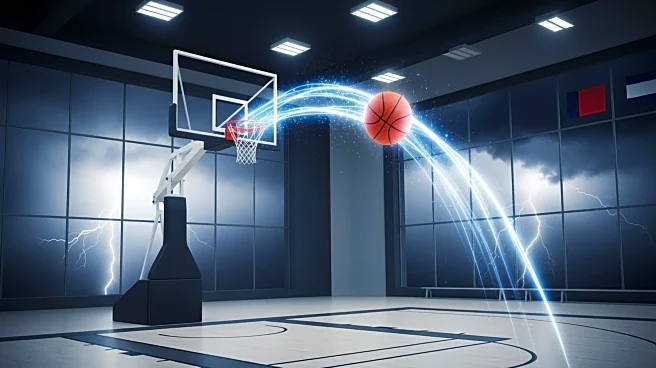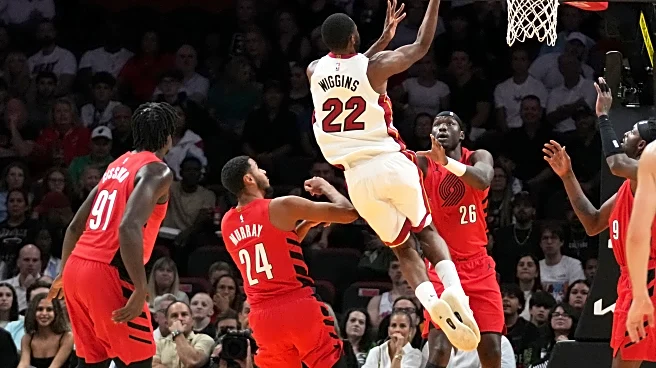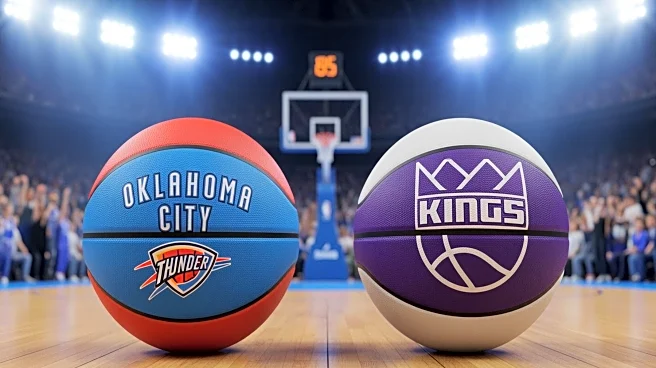The Portland Trail Blazers are justifiably proud of their new center corps of Donovan Clingan and Yang Hansen, drafted with lottery(-equivalent) picks over the last two seasons. But those young prospects are hardly the only pivots in Portland’s landscape. Today’s Blazer’s Edge Mailbag question involves a third center, Robert Williams III. The seventh-year center is in the last year of his current contract. Does he still have a role with the team? Let’s discuss.
Dear Dave,
How do you feel about Timelord
so far? Are you like me, just glad to see him playing? Is there a part of you like me who also wants something more? It doesn’t seem like he’s been fully in playing mode this season. I somehow expected more when he was back with us. How do you see him impacting the season?
George
Honestly it’s hard to tell from just 37 minutes of play so far. We’re getting about the Robert Williams we expected statistically: 70% shooting from the field in limited shots, lots of rebounding per minute. But he’s averaging only 9 minutes per game, appearing in 4 of Portland’s 9 contests. Unfortunately that’s also a little expected, I guess?
There’s a hidden factor in this equation besides rest and recuperation, though. Portland’s OTHER “other” back-up–Duop Reath, the guy nobody was talking about at the start of the season–is also averaging 9 minutes per game over 6 appearances.
Reath is shooting 55.6% from the field, an incredible 58.8% from the three-point arc with 2.8 attempts on average. That’s a raw 2.8 attempts–2.8 attempts in 9 minutes–not per-36. His per-36 three-point rate is 10.9. That’s jaw-dropping, especially when he’s shooting that percentage.
Reath stands with Jerami Grant and Matisse Thybulle as the only Blazers shooting well from distance this season. As such, he’s been valuable in an outsized way. One can argue that Reath’s shooting saved Portland in their recent win versus Oklahoma City. That’s nothing to sneeze at, and probably more than Williams has done so far.
Reath isn’t the answer to all Portland’s ills. His rebounding has been nonexistent. He’s the opposite of Williams that way. RW3’s interior defense is also better than Reath’s, owing at least in part to his bulkier frame plus a little bit of timing.
Which one of them serves better in a given moment depends on what the Blazers need, though. If they’re looking for an inside threat who rebounds, watches the middle, and converts offensive boards into points, that’s Robert Williams. But if they require all that, they also have Clingan filling that job description with even more size. If the Blazers want to spread the floor from the big positions–as they often do in their smaller reserve shifts–Reath just might be their guy.
Throw in a little bit of time for Jerami Grant at the five in extra-small-ball lineups and you can see where Williams’ minutes and role are getting squeezed out just a bit. We’re only 9 games into the season, though. It remains to be seen whether the Blazers can actually win this way over the long haul. If they do, maybe Williams becomes trade bait in February or salary savings next June. If they require a more traditional center, though, Williams still has a lot to recommend him, providing a lot of the defense (though not sheer size) of Clingan with more mobility, which the Blazers prize. Since Reath–and by extension, Grant–would be unsuitable for that role, Robert Williams III may see a resurgence as the season rolls along.
Don’t give up hope in Time Lord just yet.
Thanks for the question! You can send yours to blazersub@gmail.com and we’ll try to answer as many as we can!
